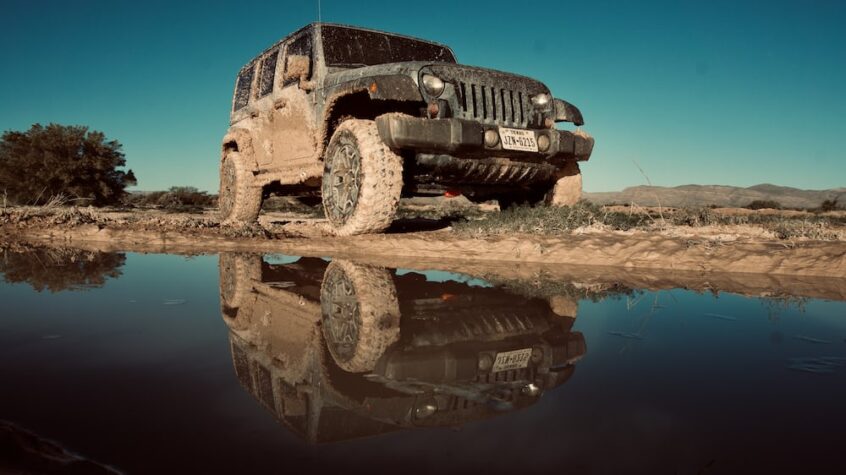Elevating your off-road capabilities takes more than just installing larger tires; it requires a nuanced understanding of tire pressure management. The impact of those oversized tires can only be fully harnessed when you’ve mastered the art of tire pressure calibration.
A Comprehensive Guide:
Enhancing Off-Road Performance
With Upgraded Tires
Getting Acquainted with Offroad Tire Pressure Fundamentals
Before delving into the intricacies of tire pressure optimization, let’s establish a solid foundation in understanding tire pressure dynamics. The air volume within your tires provides crucial support for the vehicle’s weight. Assuming a consistent weight for your OffRoad rig, the necessary air volume remains relatively constant, regardless of the tire size you opt for. However, what does change is the size of the space accommodating that air volume. Intuitively, when the same volume of air occupies a larger container, the pressure exerted naturally decreases.
Four Techniques for Determining Ideal Tire Pressure
Unlocking the ideal air pressure for your new tires involves a range of approaches that cater to specific scenarios and preferences.
- Deciphering the Sidewall: Commence your tire pressure exploration by consulting the sidewall of your freshly equipped tires. There, you’ll discover the recommended maximum pressure. Begin with this pressure setting for regular street driving. If you notice compromised ride quality or accelerated tread wear in the center, it’s time to fine-tune by gradually reducing the tire pressure.
- Weighing Your OffRoad Rig: Adhering to the tire pressure specifications provided by the manufacturer is viable, but it hinges on understanding your vehicle weight. Load up your vehicle with your gear and potentially a few passengers, then head to a weighing station. Note three distinct weights: the measurement with only the front tires on the scales, the weight with all four tires, and the reading with the rear tires. If your calculations are accurate, the sum of the front and rear weights should roughly equal your overall weight. Divide the front and rear weights by two to ascertain the load on each respective tire.
- Consulting Tire Load Charts: For relatively unmodified OffRoad vehicles, primarily those outfitted with larger tires, the tire inflation placard and corresponding load inflation chart come into play. Ascertain the recommended pressure for your stock tires, coupled with the weight these tires should support at that pressure level. Subsequently, employ this weight data in conjunction with the charts to deduce the optimal pressure for your new tires. Should the need arise for adjustments, employ the formula: load capacity pounds per psi = tire weight/tire pressure.
- Embracing the Chalk Technique: The chalk method introduces a tactile and empirical approach to tire pressure refinement. Initiate the process by selecting a truly flat surface. Proceed to apply chalk to your tires and advance forward and backward by at least 50 feet. If the chalk wears predominantly at the center, consider lowering the air pressure. Gradually iterate adjustments until the chalk wears uniformly across the tread. This iterative process must be conducted for each tire on your Jeep.
Once you’ve established the optimal street driving pressure for your Offroad vehicle’s new tires, you possess the flexibility to fine-tune pressure settings based on factors such as load and driving conditions.
As an E3 Offroad & Overland member, you get access to TONS of informative offroad and overland articles and content. Sign Up or Log In today and enjoy all of the tools, resources, product discounts, community and entertainment that E3 Offroad / Overland Association offers.

